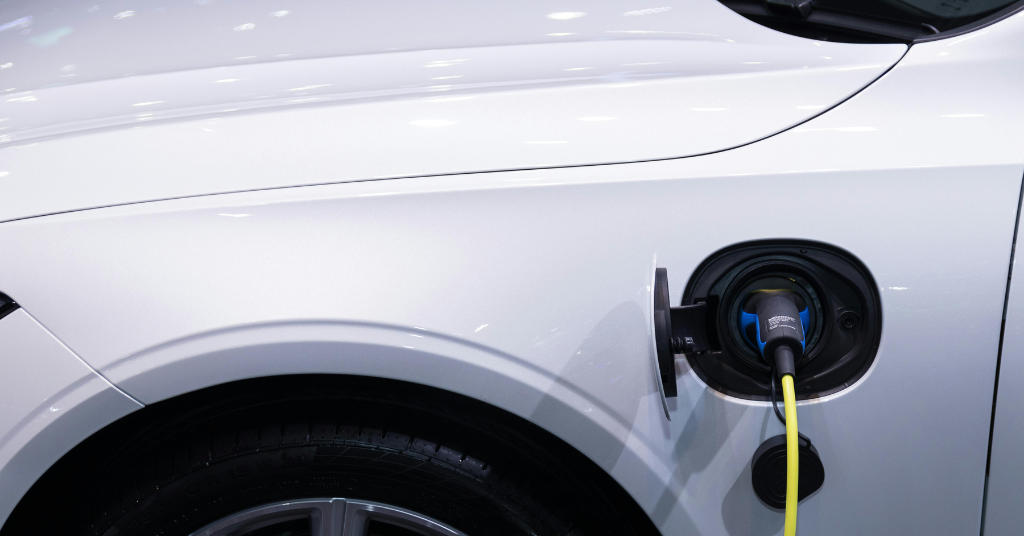Understanding the Carbon Adjustment Mechanism
The European Union’s Carbon Border Adjustment Mechanism (CBAM) is a proposed policy instrument designed to protect EU industries from the economic effects of climate change. It seeks to level the playing field between EU-based firms and those outside of the bloc by placing a carbon price on imports from countries that still need to take steps to reduce their emissions. The mechanism would also create a financial incentive for countries outside of the EU to adopt similar measures to reduce their emissions.
The CBAM would impose a carbon border tax on imported goods based on the carbon dioxide emitted during production. The amount of the tax would be determined by the carbon intensity of the product, which would be calculated by comparing the carbon dioxide emissions of the product to the average emissions of similar products produced in the EU. This would help ensure that the EU remains competitive in a global market and that the costs of climate change are shared fairly.
The CBAM would also provide a financial incentive for countries outside of the EU to reduce their emissions. By imposing a carbon tax on imports, the EU would be creating a disincentive for countries to continue producing goods with high emissions. This could encourage countries to invest in renewable energy sources, energy efficiency measures, and other measures to reduce their emissions.
Latest developments
The EU has proposed the CBAM meet its commitment to the Paris Agreement and become carbon neutral by 2050. The mechanism is still in the early stages of development and has yet to be adopted by the European Commission. However, it can be an effective policy tool for helping the EU meet its climate goals and foster global climate change cooperation.
On 13 December 2022, the Council and the European Parliament reached a political agreement on implementing the new CBAM, which has been met with mixed reactions. Some argue that the CBAM is an unfair system that will lead to the displacement of coal-fired power plants by other forms of energy. Supporters of the CBAM say that it is a system that is fair and that it will help to reduce greenhouse gas emissions. Regardless of opinions, CBAM will enter into force in its transitional phase as of 1 October 2023.
Once the permanent system enters into force on 1 January 2026, importers must declare each year the number of goods imported into the EU in the preceding year and their embedded GHG. They will then surrender the corresponding number of CBAM certificates. The price of the certificates will be calculated depending on the weekly average auction price of EU Emissions Trading System (ETS) allowances expressed in €/tonne of CO2 emitted. The phasing-out of free allocation under the EU ETS will occur in parallel with the phasing-in of CBAM in 2026-2034.




